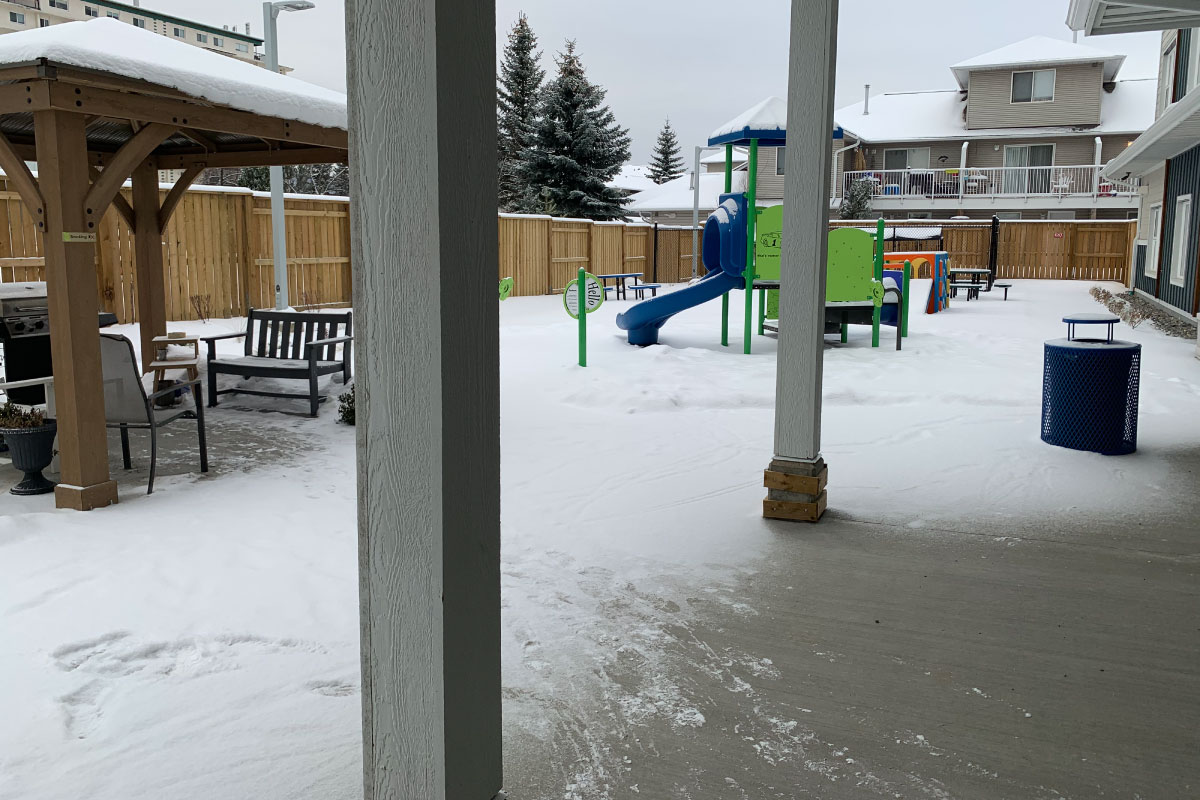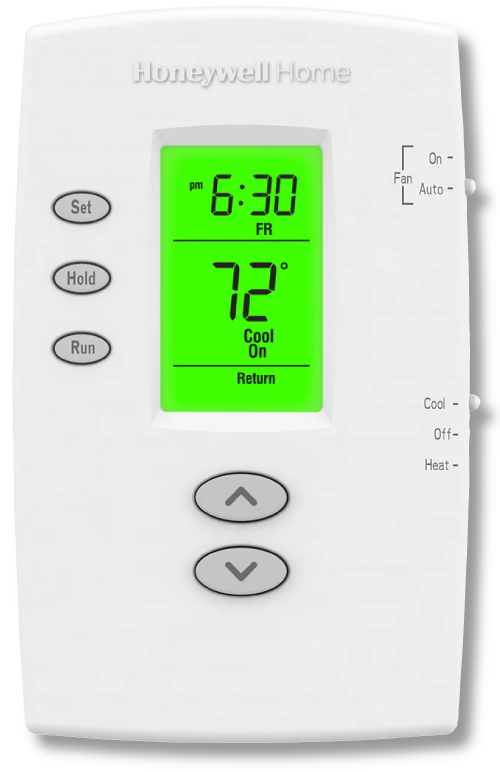Security & Sense of Safety | Convenience & Efficiency | Home-Like & Healing Environment | Physical Comfort | Community Support & Social Life

Physical Comfort
“There is a lot of mold … in my basement, risking (my) children’s and my own health. I have cleaned it multiple times but it persists and gets worse each time.”
– Woman with Lived Experience
Physical comfort includes physical relaxation and without environmental concerns and triggers. Multiple factors impact the level of comfort that residents experience in their housing (e.g., noise, lighting, environmental and climate conditions). These factors impact the health and well-being of residents significantly. They can undermine a sense of safety and lead to health complications, especially for people with experiences of trauma, older adults, children, and other vulnerable people. However, many of these factors can be addressed through design and providing control to women and their children/dependents so that they can adjust aspects of their environment to meet their own needs. Women-centred housing provides safety, comfort and control for women and their children by enabling them to make decisions about their physical environment.

Figure 20: Covered outdoor space and gazebo in My Sister’s Place, Prince George to use in rain, snow, and shade in sunny weather.
Design Strategies
Noise / Acoustics Control
Sound-proofing is important for privacy, safety and comfort in common spaces as well as in units. This is particularly important when women live with small children and/or pets. Proper acoustic considerations gives women and their children freedom to express themselves without disturbing other neighbours.
Lighting Control
While access to natural and artificial light in indoor spaces is important, considerations are needed to reflect the amount of light needed at different times of day and night and based on residents’ comfort level.
Climate Control
Ventilation and temperature are important factors to be controlled to provide fresh air, air circulation, and prevent overheating and uncomfortable cold temperatures in the housing spaces for women and their children.

Figure 21: Temperature control in the unit, My Sister’s Place, Prince George
Strategy
Action
Noise / Acoustics Control
Sound-proofing is important for privacy, safety and comfort in common spaces as well as in units. This is particularly important when women live with small children and/or pets. Proper acoustic considerations gives women and their children freedom to express themselves without disturbing other neighbours.
- Unit: Entry doors should be acoustically sealed to help reduce noise ingress into unit (Donnelly et al., 2022).
- Unit: Prevent noise transmission from the kitchen and living areas between units (Donnelly et al., 2022).
- Unit and common area: Wood and natural fibers/fabric for absorbing sound (Grabowska et al., 2021).
- Common area: Acoustic considerations in the shared amenity adjacent to apartment units.
- Common area (building exterior): When retrofitting an existing building, plant more trees and fences to increase soundproofing outside noise.
- Common area: Textured walls and floors to absorb sound (Grabowska et al., 2021).
- Common area: Carpeted stairs for soundproofing (Grabowska et al., 2021).
Lighting Control
While access to natural and artificial light in indoor spaces is important, considerations are needed to reflect the amount of light needed at different times of day and night and based on residents’ comfort level.
- Unit: Control over natural light using black out windows/blinds for bedrooms for light control and to support good sleep patterns.
- Unit: Manually operated lights for units. Sensors take away the level of control and should be avoided or have a manual override option (Donnelly et al., 2022). Provide “dimmers” for more choice on the intensity of the light.
- Unit: Provide task lighting in the kitchen for working areas, like benchtops, in addition to overhead lighting (Donnelly et al., 2022).
- Unit and common area: Ample natural lights in units and common spaces. In north facing units, ensure allocation of larger windows.
- Unit and common area: In the shared spaces of the units (e.g., living room) and common area where people spend time, do not use motion-sensitive lights. Motion-sensitive lights reduce the autonomy and comfort of the space for those people who are spending time in a dark (non-bright) space. Motion-sensitive lights are more useful in the transitioning/circulation spaces (e.g., hallway) and bathrooms and laundry rooms for enhanced sense of safety.
- Unit and common area: Provide pergolas, shade sails, or mobile screens to control direct sunlight and reduce heat load in adjacent indoor spaces (Donnelly et al., 2022).
- Common area: Shaded outdoor play space.
Climate Control
Ventilation and temperature are important factors to be controlled to provide fresh air, air circulation, and prevent overheating and uncomfortable cold temperatures in the housing spaces for women and their children.
- Unit: In-unit cooling/AC for hot seasons and heat waves.
- Unit: Provide units with good ventilation and natural lights for mould mitigation (Butler et al., 2017; Donnelly et al., 2022).
- Unit and common area: Thermostats in each room to keep the temperature comfortable at all times (it also saves energy).
- Common area: Water spray system for heat waves in the courtyard/rooftop garden.
- Common area: Communal rooms should have good ventilation (City of Vienna, 2013, p. 89).
